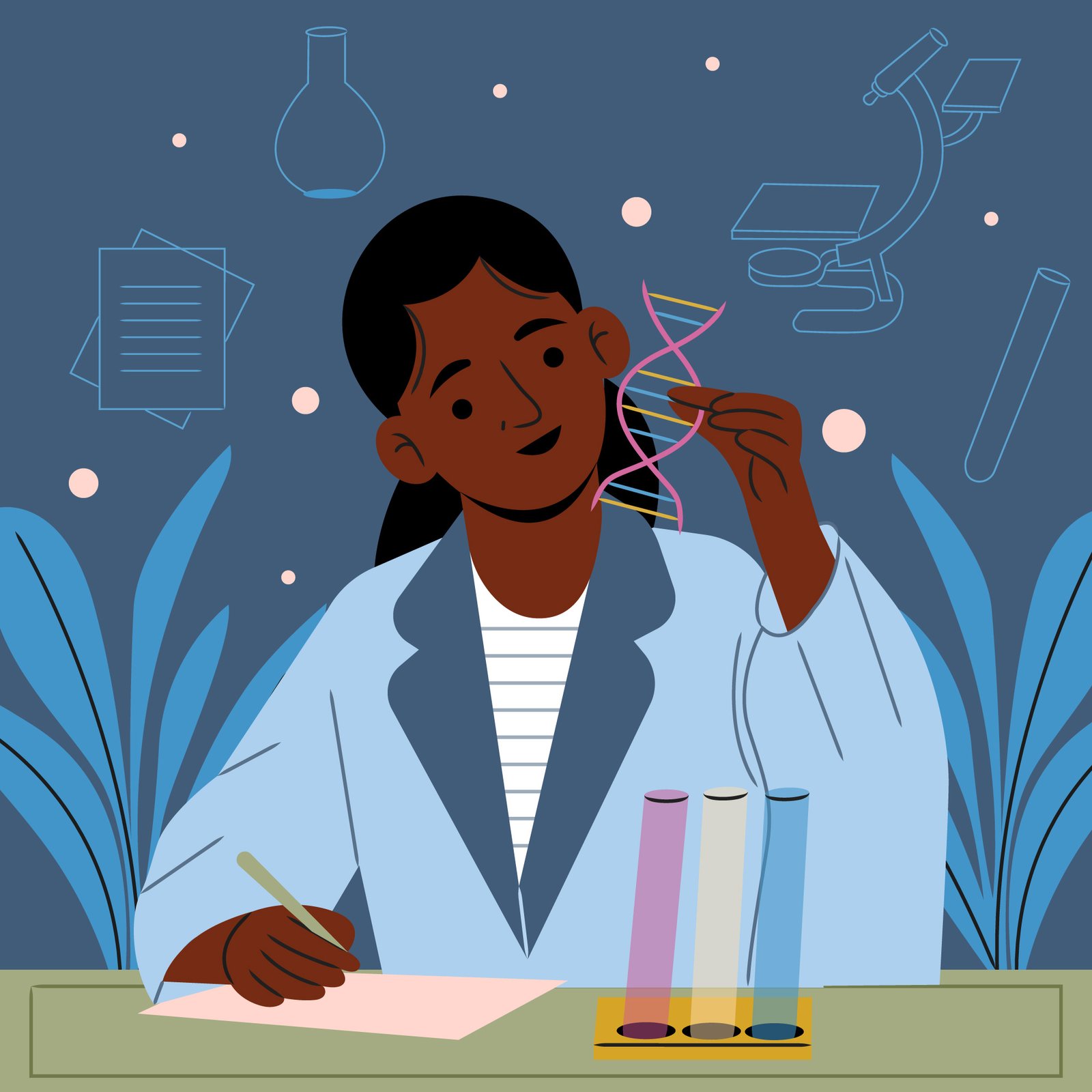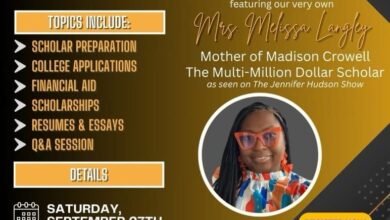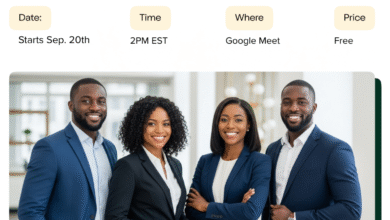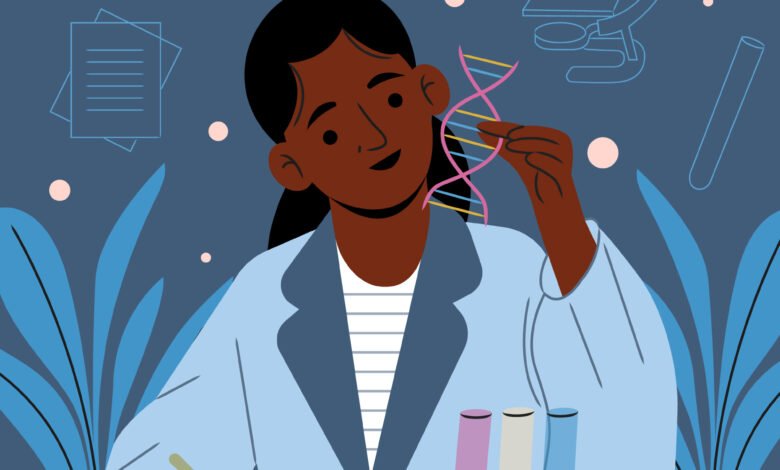
For Us, By Us: The Quiet Revolution in Black Health and Education
For every headline that screams crisis—be it the staggering Black maternal mortality rates, the disproportionate toll of the opioid epidemic, or the ever-widening racial wealth gap—there is a quieter, more profound story unfolding in the heart of North Jersey’s Black communities. It’s a story of resilience, not of reaction. It’s a narrative of building, not just rebuilding. From the church basements of Newark to the classrooms of East Orange, a powerful movement of community-led initiatives is taking root, offering a hopeful counter-narrative to the persistent stories of crisis and neglect. These are not programs designed by outsiders and handed down; they are solutions being built from the ground up, for us and by us.
Reclaiming Our Health: The Fight for Brain Wellness in Newark
The statistics are stark and sobering: African Americans suffer from Alzheimer’s disease at over twice the rate of the general population. It is a health disparity that threatens to rob our elders of their memories and our communities of their wisdom. In Newark, instead of waiting for a top-down solution, a groundbreaking partnership is tackling this crisis head-on.
The Aging & Brain Health Alliance at Rutgers University-Newark has rejected the old model of clinical outreach that so often failed to connect with our community. Recognizing that trust is the foundation of wellness, the Alliance has built its program through partnerships with the most respected institutions in our neighborhoods: local community-based and faith-based organizations. This is culturally competent healthcare in action. By going into the spaces where our community already gathers, they dismantle the historical barriers of medical mistrust and deliver vital information where it will be heard and received.
The Alliance’s work is a masterclass in targeted, effective care. Each year, its programs reach about 1,200 local Black residents with health education, while its newsletter reaches another 5,000. Through its “Pathways to Healthy Aging in African Americans” program, over 400 older residents have become active participants in their own brain health, contributing to research while learning the lifestyle choices and brain-healthy habits that can reduce their risk for Alzheimer’s. This is more than just a health initiative; it is an act of empowerment, a community taking control of its own wellness narrative and building a defense against a disease that has taken too much.
Investing in the Future: A New Educational Blueprint in the Oranges
Just as health is being reclaimed in Newark, the foundations for future success are being laid in the schools of East Orange and its neighboring communities. True well-being is not just about treating illness; it’s about creating the opportunities that prevent the social and economic conditions where poor health thrives. Education is the ultimate long-term investment in community health.
The East Orange School District is emerging as a national model for this kind of forward-thinking investment. The district was recently accepted into the League of Innovative Schools, a national coalition of pioneering school systems. Its STEM Academy has been recognized by the College Board for its remarkable success in helping underrepresented students achieve academic honors, creating clear and direct pathways to higher education and economic mobility.
This is not an isolated success story but part of a regional focus on educational equity. In West Orange, the school district has been diligently working to implement its Diversity, Equity, and Access initiatives, holding professional development focused on “Culturally Responsive Education” and ensuring the state’s Amistad Legislation—which mandates the teaching of African American history—is meaningfully applied in the classroom.
These efforts are amplified by community organizations that work in parallel with the school systems. The Oranges & Maplewood NAACP, for example, hosts youth summits and education webinars designed to close learning gaps by providing parents with research-based techniques to support their children at home.
Together, these initiatives represent a holistic approach to community uplift. They are a powerful counterpoint to the systemic neglect that has plagued so many of our institutions. While the challenges are immense, these community-led innovations in health and education prove that the power to build a healthier, more prosperous future already resides within us. The quiet revolution is underway, and it is being led by those who know our communities best: ourselves.
